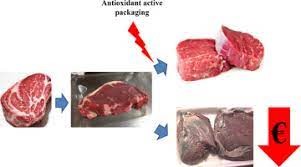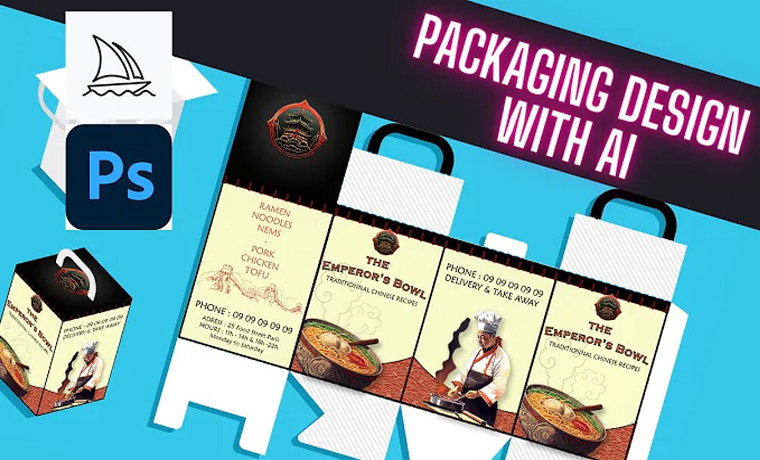
ACTIVE PACKAGING AND LONGER SHELF LIFE
Active packaging increases the shelf life of food products. We learnt that in part I of this series of blogs (link previous blog here). We talked about Scavengers, compounds that absorb ethylene, moisture and oxygen released by food within the food packaging that deteriorates the food faster if not controlled.
In this blog, we will talk about Emitters. Emitters work in ways opposite to the functioning of scavengers; they diffuse from the packaging to lessen negative effects of reactions from microbial growth, oxidation and ripening.
Emitters are relatively less commonly seen in the market as compared to scavengers as more research needs to be conducted on the diffusion efficacy of antioxidants and antimicrobials for sustainable packaging options.
As of now, it is known that emitters are compatible with bioderived, recyclable and reusable polyethylene (PE) and polyethylene terephthalate (PET).
Since emitter technology is still under research, there are very few types that have reached the market.
1. Antioxidant Emitters: Emitters release antioxidants into the headspace of the package which allows the food product to be packaged in materials with lower oxygen barrier capabilities and decreased headspace modification via flushing.
The efficacy of antimicrobials is defined by ISO 22196:2011 (link if possible). Desorption from packaging material is a crucial aspect of this technology as diffusion dynamics need to be consistent.
2. Antimicrobial Carbon Dioxide Emitters: Antimicrobial carbon dioxide is released from packaging materials by containing it in hydrogels. Sodium bicarbonate and citric acid also release carbon dioxide. The technology in use usually combines nitrogen with carbon dioxide to be used in modified atmosphere packaging (MAP).
3. Antimicrobial Nano-Sized Metals: Antimicrobial nanoparticles such as silver, sometimes combines with titanium dioxide and zinc oxide, works against Listeria monocytogenes, Salmonella and Escherichia coli. It also works well against non-pathogenic microbes but only at high temperatures. Antimicrobial nano-sized metals are used with citrus juices, soft cheeses and deli meat.






